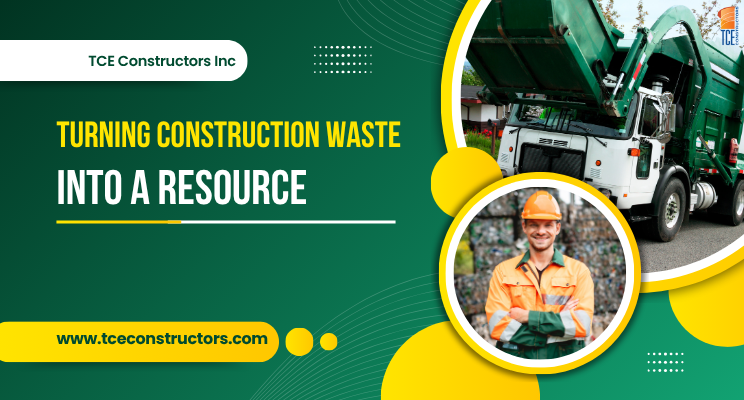
When most people think about construction, they picture cranes, cement mixers, and piles of fresh materials. But there’s another side of the story we often forget: the mountain of waste that building projects leave behind. Traditionally, this debris ends up in landfills, but a new wave of innovation is changing the narrative. Instead of treating waste as useless, the industry is beginning to see it as a valuable resource.
Think about it — every demolition site produces concrete, bricks, wood, and plastics. For years, recycling meant breaking materials down into something less valuable. Now, the focus is shifting to upcycling — turning old materials into products just as strong, if not stronger, than the originals. For example, crushed demolition debris can be remixed into fresh concrete. Plastic waste can be transformed into durable bricks that are lighter, cheaper, and sometimes even stronger than traditional options.
This approach doesn’t just save space in landfills; it reduces the need to pull new resources out of the earth. Less mining, less deforestation, and less energy use all add up to a big win for the planet. And for builders and contractors, it’s more than an eco-friendly choice — it can also cut costs and open up new opportunities for sustainable branding.
Of course, upcycling construction waste isn’t without challenges. Standards for strength and safety must be met, and new processes take time to scale. But the momentum is building. Every successful project that uses waste as a resource proves that the old “take, use, dump” model is outdated.
At its heart, this shift is about rethinking what we call “waste.” With a bit of creativity and technology, the leftovers from yesterday’s buildings could become the foundation of tomorrow’s. And that’s not just smart construction — it’s smart for the future we’re all building together.

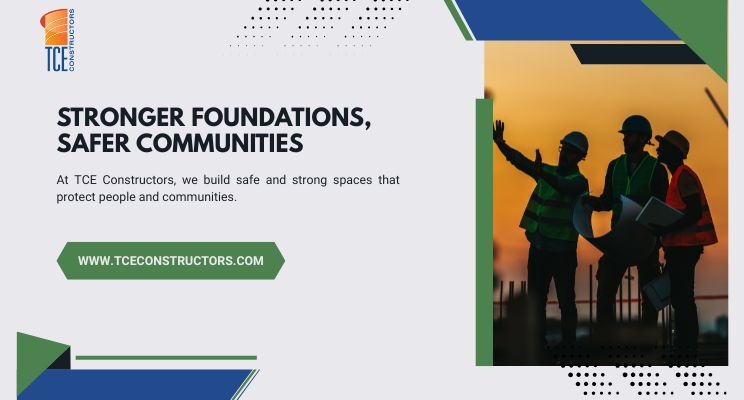
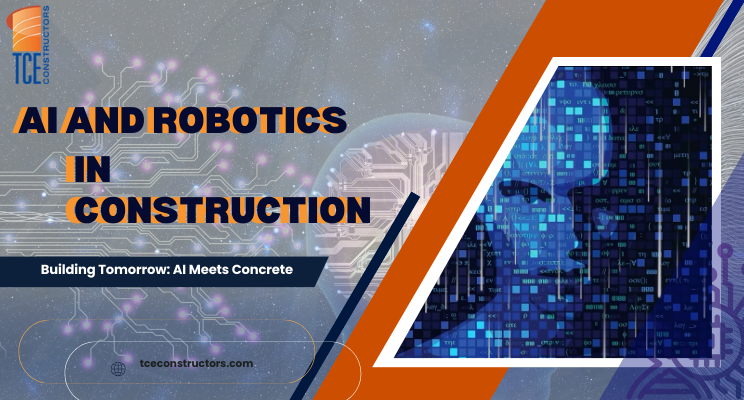
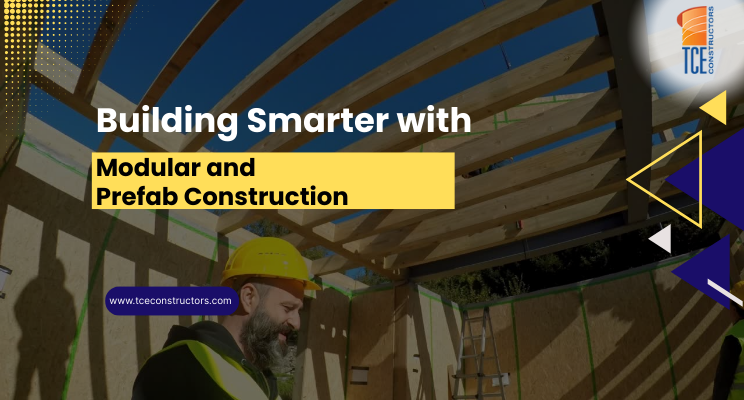 exploring innovative approaches to construction
exploring innovative approaches to construction
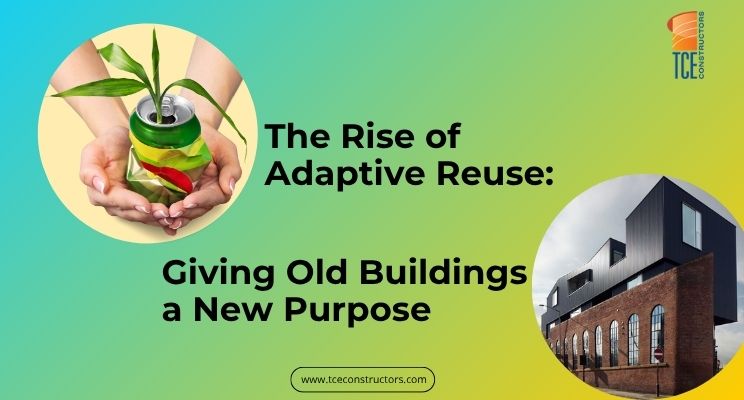

 Modular construction
Modular construction
 Flexible and Adaptable Workspaces
Flexible and Adaptable Workspaces
 Latest Construction Trends & Innovations
Latest Construction Trends & Innovations
 Smart Construction
Smart Construction